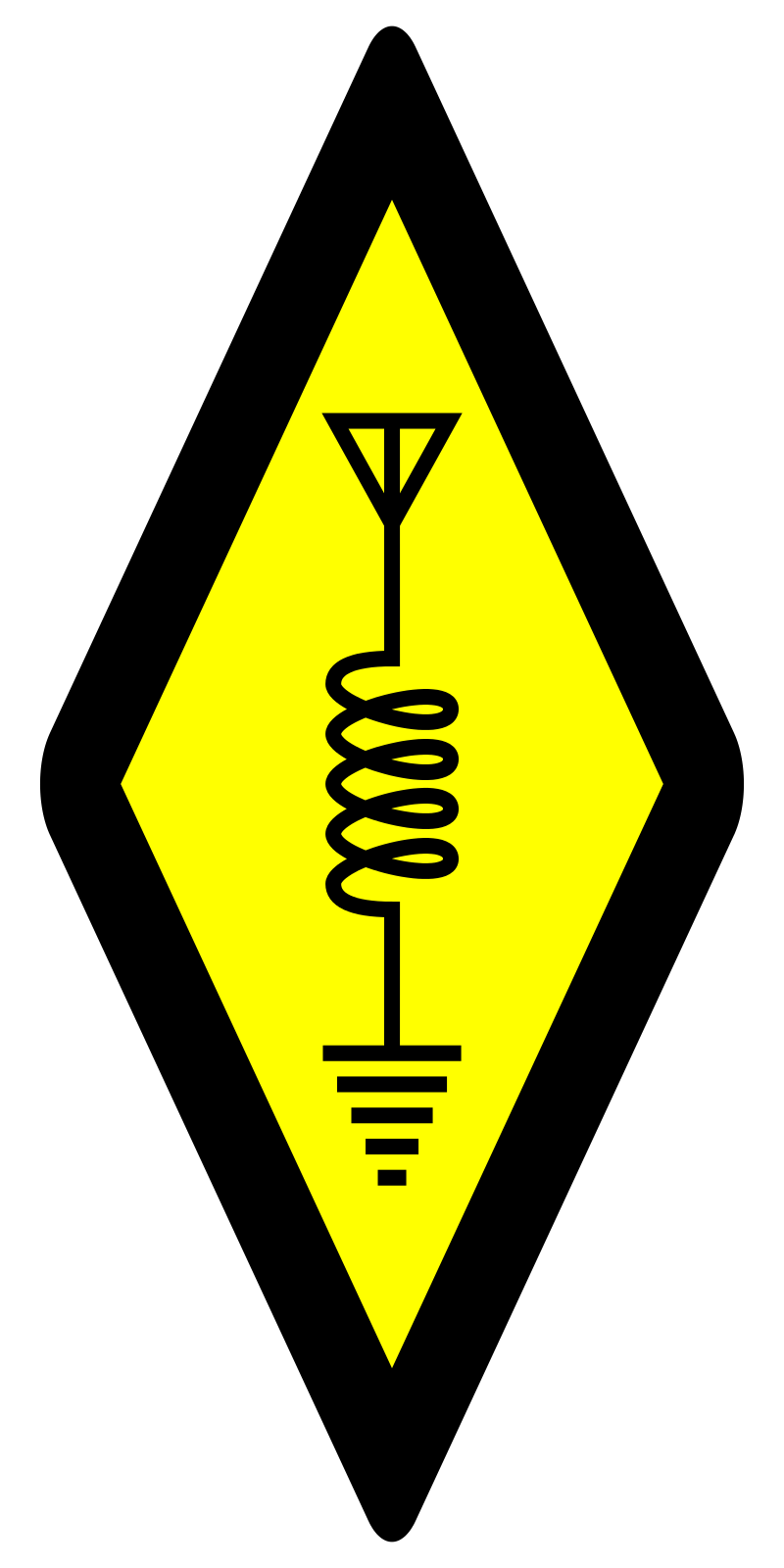

Interesting. Some relevant tidbits my story didn’t mention:
The yinrih are capable of STL interstellar travel, but because they can’t lose consciousness without dying, they can’t resort to hypersleep. Instead, they use a technique called metabolic suspension which halts metabolism but uses Science™ to keep the brain and nervous system active. The device that does this is called a suspension capsule (referenced in the story above). The traveler is completely submerged in a fluid matrix called neurogel that acts as a non-invasive brain-computer interface, a liquid ventilation medium (for when your metabolism starts up again but your lungs are still paralyzed), and a shock absorbent.
Since the person is still conscious but their sensory systems don’t work, the suspension capsule presents a simulacrum to the traveler in order to keep them from going insane due to lack of sensory input. It also speeds up their subjective time perception to make the trip pass more quickly. The problem with the simulacrum (sim for short) is that the more realistic it is, the more the person is tempted to dissociate, thinking the sim is reality and forgetting their life outside. In order to stave off this madness, Claravian missionaries (the only group to engage in interstellar travel) undertake a rigorous routine of prayer and meditation to keep their minds anchored in reality.
I needn’t tell you that the ability to present an arbitrarily realistic simulation to a person is subject to flagrant abuse, and so-called gel-head parlors offer recreational suspension for a price. This abuse prompts Claravian research monasteries to start looking into safer modes of interstellar travel, which is what results in the invention of the mass router.
As for the router itself, there are strict mass and volume limits to what can be sent through the underlay, meaning individual flows are limited to a single person and maybe a small carry-on. Because the mass router is discovered while a team of missionaries is living among humans on Earth, a mass router trunk is able to be established between Sol and Focus immediately. The missionaries construct a working mass router using their ship’s fabricator and materials found on Earth.






Like a tugboat or tow plane with a glider. Unique.
What constitutes “misuse”?
Another thing about mass routers, really more about the Underlay, is that you need tailstone for FTL communication, which the mass routing protocol needs to form neighbor relationships with adjacent routers. Tailstone is manufactured by growing monocrystals and fractioning them into wafers. A tailstone wafer can only communicate with other wafers shaved from the same monocrystal, so Underlay tunnel interface cards are sold in sets (usually pairs) that are hard-linked to one another, containing matching wafers. The ansible links between nodes are therefor much more like hard wire runs in that they can’t be easily changed to different endpoints.
This manufacturing process has a lot of cybersecurity implications. A bad actor planted within a tailstone fab could grow larger crystals than a downstream client ordered, then break the crystals up to form multiple normal sized ones, giving the client the expected quantity and keeping the other half. That bad actor could then perform MITM attacks on ansibles or routers using those crystals.
One such attack is route poisoning, which is where a malicious router injects false routes into the system, telling other routers that a particular endpoint is somewhere it isn’t, redirecting travelers to a destination of the attacker’s choosing.
Refreshing that the defining characteristic of your magic system seems to be that it isn’t a system.
I love the trope of fast travel being inherently scary. One idea I had was an inversion of the typical hyperspace is hell concept whereby FTL shunted you through Heaven, the risk wasn’t demonic possession but having your face melted off by overwhelming holiness Raiders of the Lost Ark style, meaning special precautions had to be taken to keep people from perceiving the environment outside the ship, even conceptually (via sensor readings, for example).
As for the Lonely Galaxy, there are rumors among the superstitious that the Underlay is in fact the Void (the Claravian version of hell), and that the reason why the Bright Way discourages even negative discussion of demons is that it would make them look bad if the network they invented was routed through the realm of the damned.